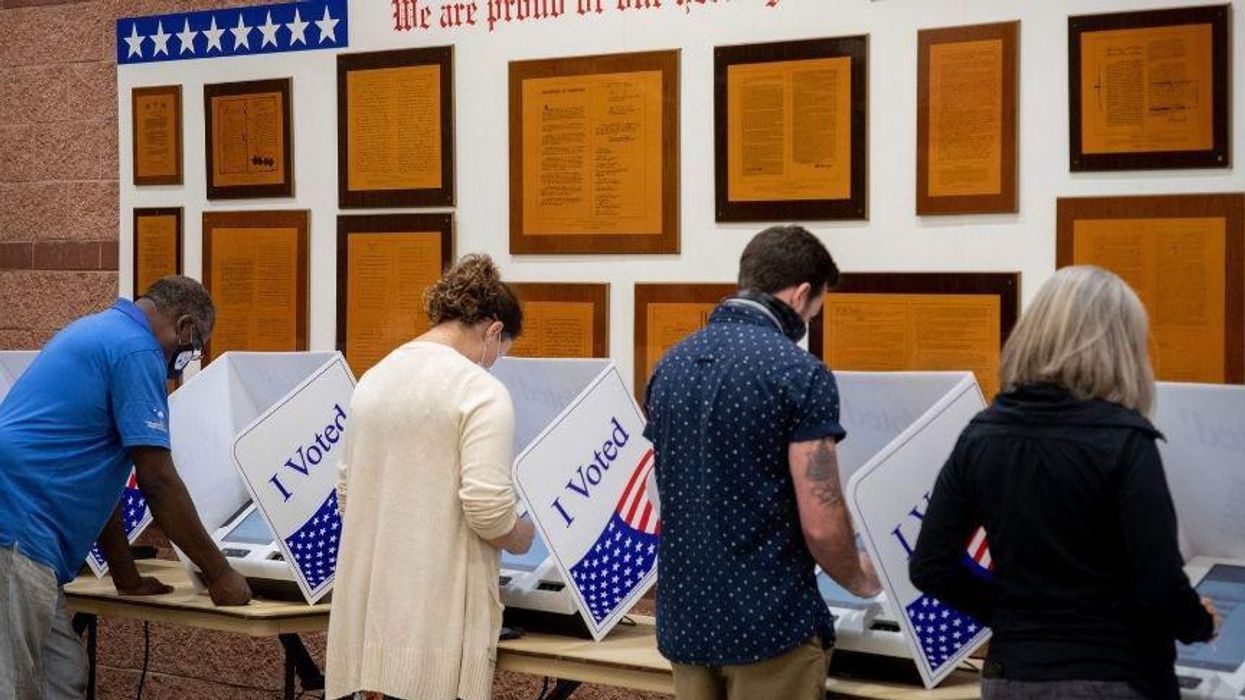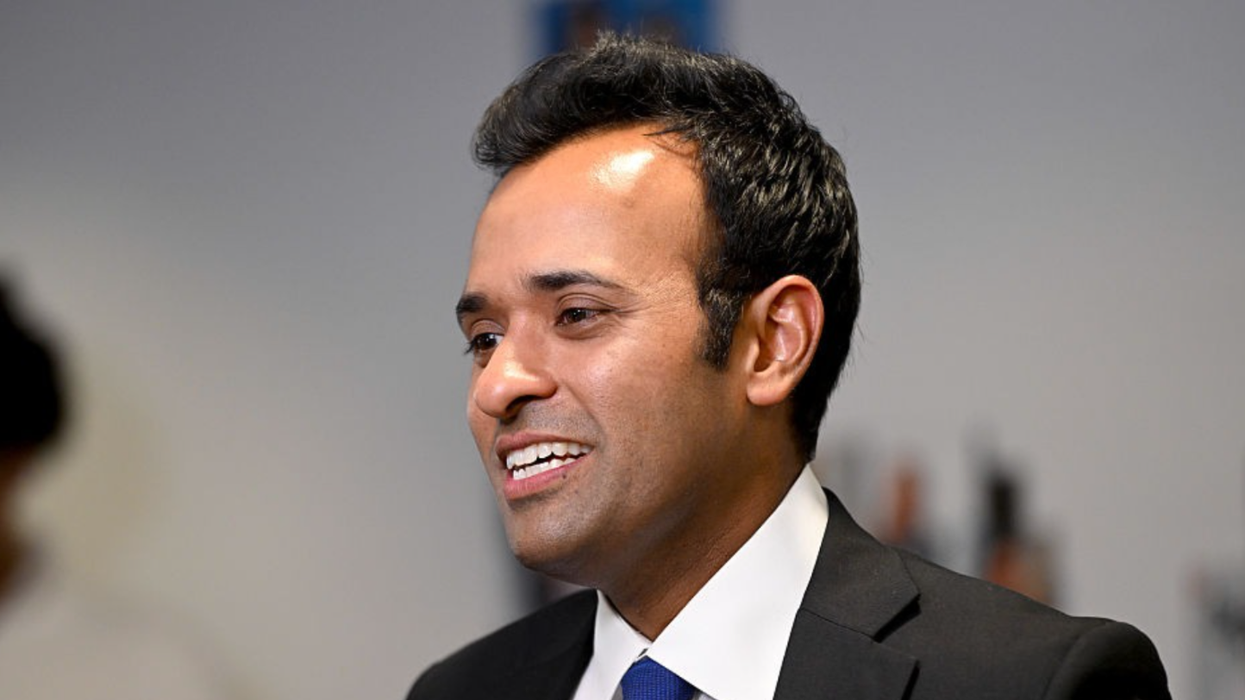With headlines about Congressional maps being tossed by the courts and Democratic state legislatures evening the score from GOP gerrymanders in other states, it’s time to review the state of play for redistricting. The news so far is better than many had expected: With the GOP in control of so many states during the map-drawing process, many had expected the GOP to net as many as 12-13 House seats due to aggressive packing and stacking of voters. Instead, the current outlook appears more or less a wash, with even the possibility that the Dems might fare better on this map than they did after the 2010 maps emerged.
A little more than half of the states have now completed their maps, and it’s clear that the GOP has moved conservatively to protect their existing seats while ceding many seats to the Democrats. A good example of this is Texas, where the GOP moved the number of competitive seats from 13 down to just 1 while increasing both the number of safe GOP seats and by extension the number of safe Democratic seats. This of course is not good for democracy, as it renders Congressmembers not truly beholden to anyone but the most extreme partisans in their districts. But the bottom line is that Texas failed to capitalize on its trifecta control of the state.
The opposite has been true in Democratically-controlled states, which have been willing to draw more districts to only “lean” a bit Democrat but have taken risks by keeping them within striking distance. It’s a strategy that could result in a rout should a red wave election occur but keeps alive Democratic hopes to hold their majority. This effectively has created a national map where some Democrats now predict the “typical” district will shift from leaning to the right of the national vote to actually matching it, thereby ending the distorted advantage the GOP has enjoyed for the last five House elections. “We have stymied their intent to gerrymander their way to a House majority,” said Kelly Ward Burton, head of the National Democratic Redistricting Committee, summing up the state of the maps.
The aggressively drawn seats in Democratic-controlled states appear to have caught the GOP somewhat off-guard, given that party’s own conservative moves to shore up their incumbents. Most Republican House seats are likely unassailable absent a crushing blue tsunami, but if the GOP outperforms Democrats even by a little bit nationally, they will win a commanding majority in Congress.
That’s a risk Democrats appear willing to accept. Whether they have 180 or 200 seats in the House will matter little, after all, if they don’t have 218.
Meanwhile, a few wild cards remain. In litigation, the courts have been ruling against Republican maps somewhat unexpectedly, including recent losses before the Republican controlled Ohio Supreme Court last week and before a GOP majority three-judge panel in a federal district court in Alabama just yesterday. While the Ohio legislature will get another crack at the map and the Alabama case will be appealed, so far the judges hearing the cases—even those appointed by Trump, like two of the panelists in Alabama—have seen through Republican efforts to diminish minority voting power or thwart the intent of the voters, as in Ohio where the legislature blatantly ignored a state constitutional amendment intended to bar partisan gerrymandering. And in another key state redistricting case, the North Carolina gerrymanders face an uncertain future as they wind their way up to a skeptical Supreme Court that comprises four Democrats and three Republicans.
There remain a few big unknowns in large states such as New York, where on Monday, after two years of effort, the redistricting commission failed to reach a compromise on map drawing, throwing the process back to the legislature which is dominated by Democrats. It is expected that this will result in a few more blue House seats should that body aggressively gerrymander the state, as many partisans have urged. On the opposite end there is Florida, where Governor DeSantis, unhappy with the more cautious maps drawn by the GOP-controlled legislature there, produced maps of his own that would tip at least two more seats to the Republicans and reduce the number of truly competitive seats.
When the dust settles, it’s already clear that the danger of a +12 or +13 advantage on new maps going into the midterms has largely evaporated, and we are now looking at a far fairer playing field. If Democrats lose the House, it will very likely not be because they faced gerrymanders that were worse than in 2020. This should provide some glimmer of hope for them to not lose their majority in 2022. And even should that occur, as many expect, the new maps point to a brighter chance in 2024 to retake it.
For more political analysis, check out The Status Kuo newsletter.















 @drandrealove/Bluesky
@drandrealove/Bluesky @thebulwark/Bluesky
@thebulwark/Bluesky
 @monicasanluiss/TikTok
@monicasanluiss/TikTok @monicasanluiss/TikTok
@monicasanluiss/TikTok @monicasanluiss/TikTok
@monicasanluiss/TikTok @monicasanluiss/TikTok
@monicasanluiss/TikTok @monicasanluiss/TikTok
@monicasanluiss/TikTok @monicasanluiss/TikTok
@monicasanluiss/TikTok @monicasanluiss/TikTok
@monicasanluiss/TikTok @monicasanluiss/TikTok
@monicasanluiss/TikTok @monicasanluiss/TikTok
@monicasanluiss/TikTok @monicasanluiss/TikTok
@monicasanluiss/TikTok @monicasanluiss/TikTok
@monicasanluiss/TikTok @monicasanluiss/TikTok
@monicasanluiss/TikTok @monicasanluiss/TikTok
@monicasanluiss/TikTok
 @alexamcnee/TikTok
@alexamcnee/TikTok @alexamcnee/TikTok
@alexamcnee/TikTok @alexamcnee/TikTok
@alexamcnee/TikTok @alexamcnee/TikTok
@alexamcnee/TikTok @alexamcnee/TikTok
@alexamcnee/TikTok @alexamcnee/TikTok
@alexamcnee/TikTok @alexamcnee/TikTok
@alexamcnee/TikTok @alexamcnee/TikTok
@alexamcnee/TikTok @alexamcnee/TikTok
@alexamcnee/TikTok @alexamcnee/TikTok
@alexamcnee/TikTok @alexamcnee/TikTok
@alexamcnee/TikTok @alexamcnee/TikTok
@alexamcnee/TikTok